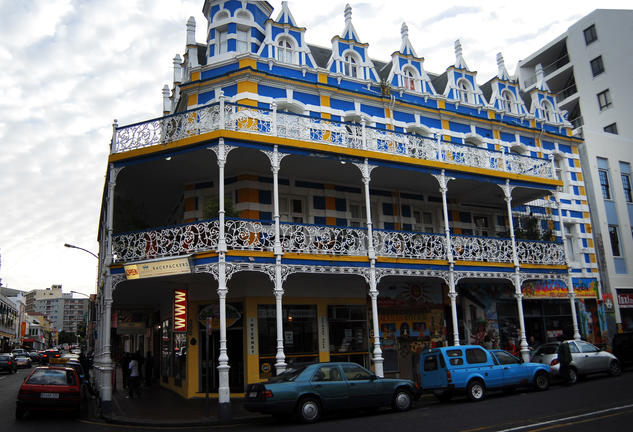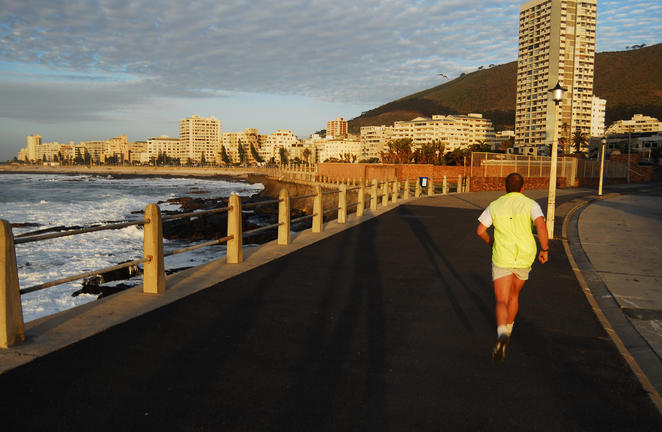Located 40 kilometres from the Cape of Good Hope, Cape Town is one of the most isolated metropolises in the world. Cape Town’s city centre lies cradled in a vast blue-grey amphitheatre formed by Table Mountain, Lion’s Head and Devil’s Peak. Few cities in the world can boast a more spectacular setting and it is certainly unrivalled in South Africa for its cosmopolitan ambience redolent with history.
In its three-and-a-half centuries, the city has transformed itself from a remote colonial outpost to one of Africa’s most important cities. This teeming metropolis is a major commercial, financial and industrial centre and one of the southern hemisphere’s premier ports for container shipping and the export of fruit. It is also quickly gaining a reputation as one of the loveliest holiday destinations worldwide, with its idyllic summers and majestic, stormy winter seasons.
The city centre includes the historic centre and residential districts, the Waterfront (the old harbour was transformed into an extensive shopping centre with cinemas, hotels, restaurants and bars) and the modern harbour. The rest of Cape Town is comprised of a series of suburbs and residential areas spreading around Table Mountain. Like many other South African cities, Cape Town is a city of contrasts. Not really European and not totally African, it is a curious blend of the Third World and the First. The diversity of its population and the number of varied districts make Cape Town a hybrid city set between two oceans.

